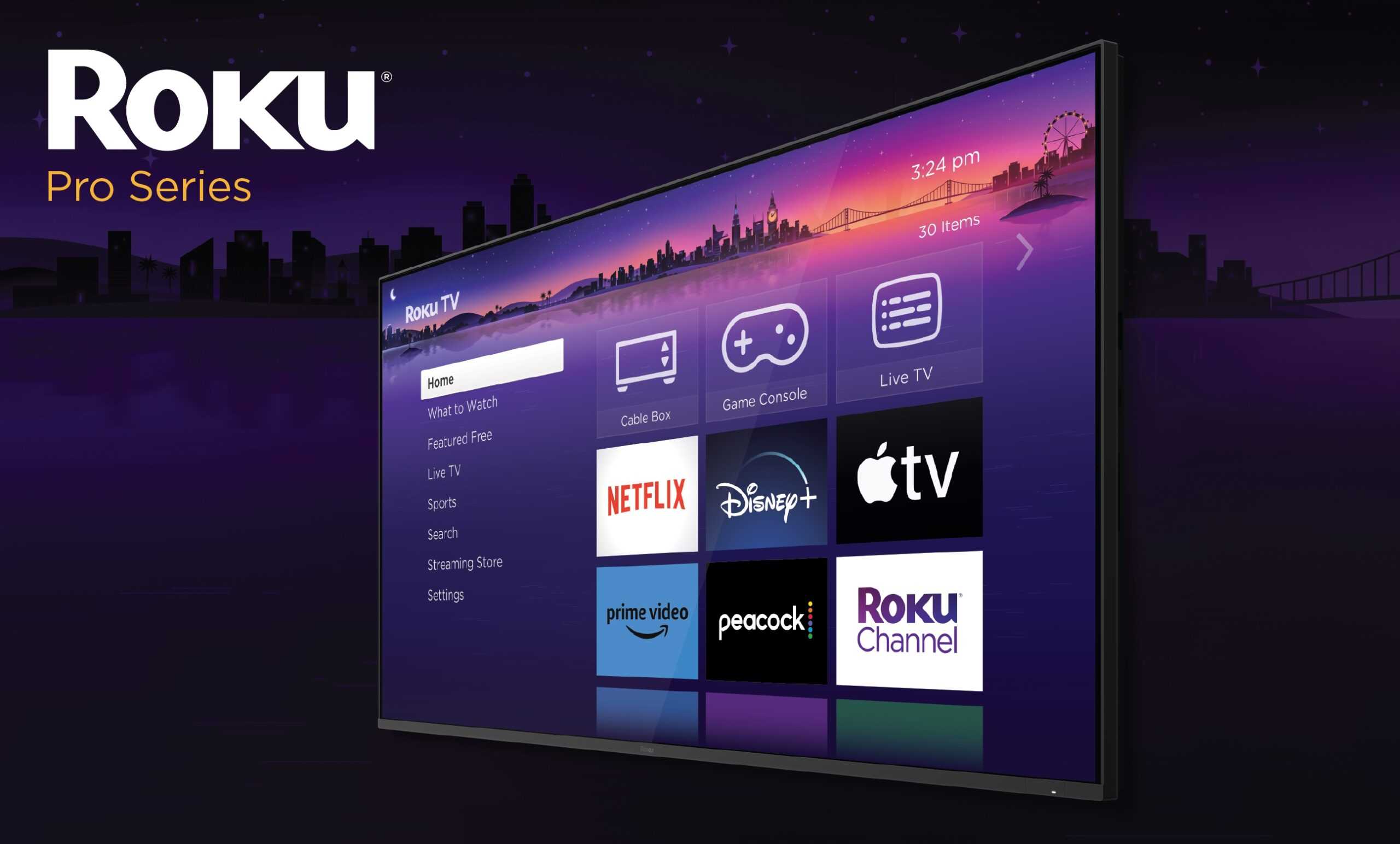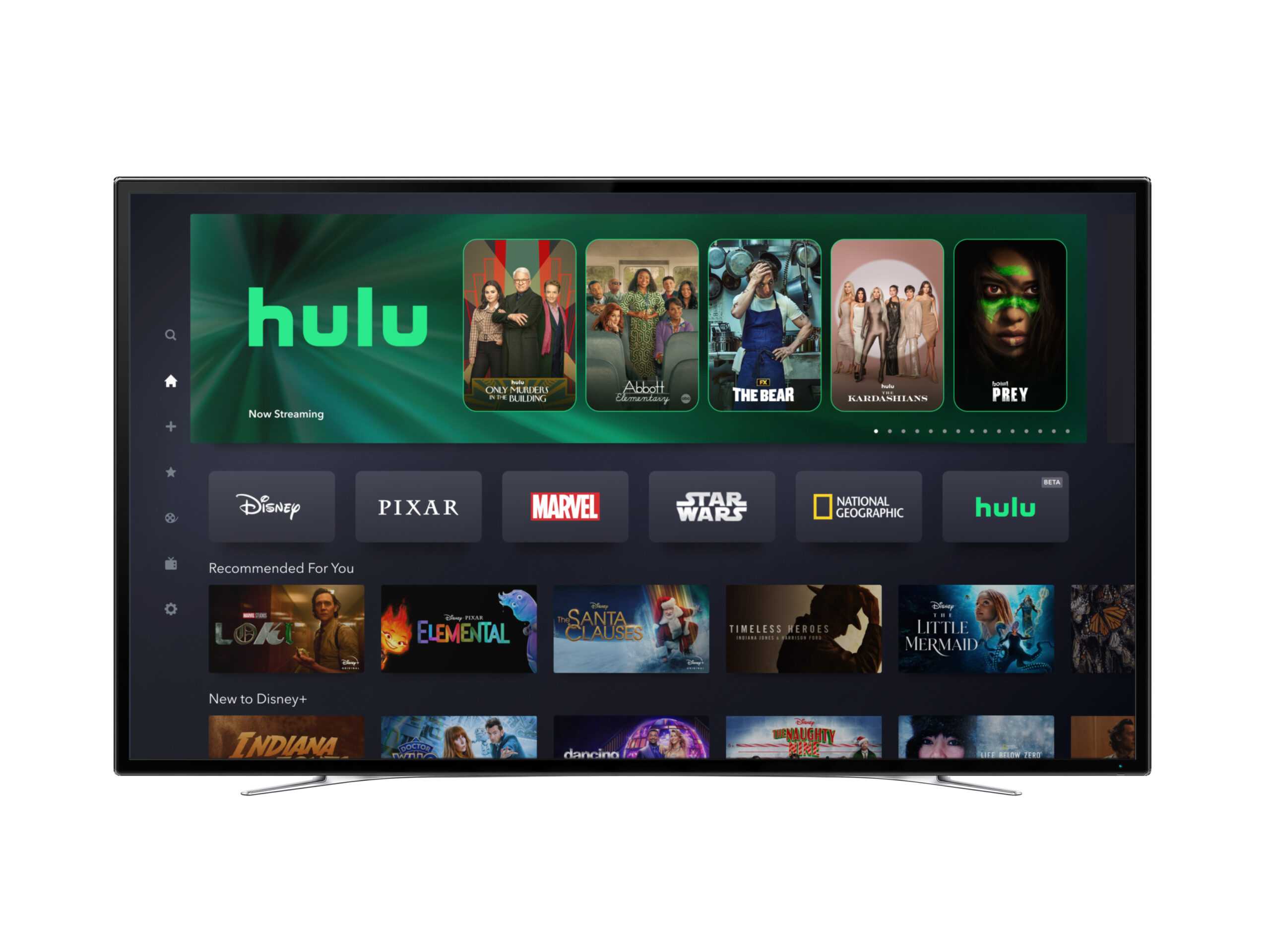On July 2nd, TikTok unveiled its three-minute video format to its 1 billion monthly active userbase; it has been in closed environment testing since December 2020. While previous TikTok videos have been restrained to just 60 seconds, users can now record up to three continuous minutes of audio and video.
The short-form nature of TikTok has given the video service a unique market position, capturing the demand for user-created microcontent. Hundreds of content creators have made a living garnering massive followings for their short-form content. The most popular TikTok star, Charli D’Amelio boasts 119.5 million followers and 9.6 billion video likes. Brand marketers are increasingly flocking to TikTok for its organic content focus, while the video sharing platform is also gaining attention from the esports world.
While many users are content with TikTok’s short videos, some creators vocalized their desire for longer content that does not conform to a 60-second timeframe. TikTok product manager Drew Kirchoff noted, “Users would love just a little more time to bring their cooking demos, elaborate beauty tutorials, educational lesson plans, and comedic sketches with TikTok.”
Competitors like YouTube, who primarily focus on viewer retention rates, often feature videos that are 10 minutes long or more. To combat TikTok’s dominance over microcontent, YouTube introduced Shorts, similar one-minute length videos, in September 2020.
TikTok is potentially aiming to take more of YouTube’s market share with its newly increased video length. The slightly longer format could be more appealing to current YouTubers who may want to try their hand at TikTok and further expand their followings. Additionally, Interpret’s VideoWatch™ shows that 79% of the US population watches short clips on the internet but does not use TikTok, while 13% use TikTok and watch short clips – meaning that there’s plenty of room for growth.
YouTube has seen grumblings of dissatisfaction with its lack of primary monetization, as many YouTubers rely on Patreon and in-video sponsorships to supplement the lack of income that YouTube provides. The conversion to TikTok could prove to be an enticing and lucrative deal to those YouTubers, with TikTok celebrities like Addison Rae earning $5 million per year on the platform. One-minute videos are still the primary form of content found on TikTok, and lead designers have said nothing about how these three-minute videos will affect the sorting algorithm. More time will be needed to determine the impact and success that these videos have on the platform.







